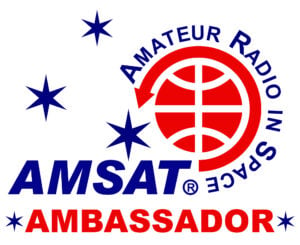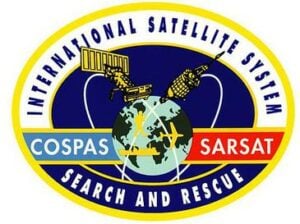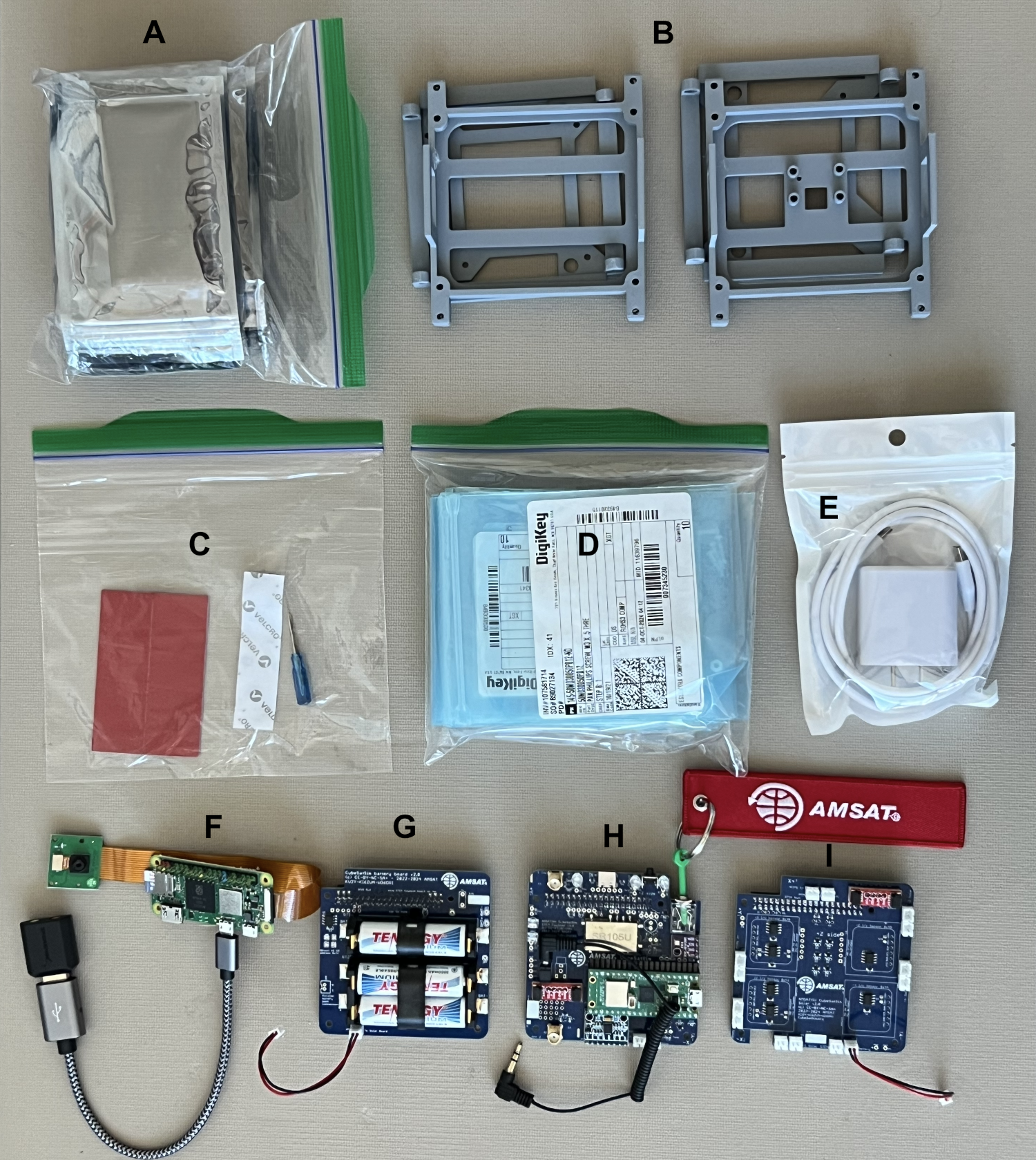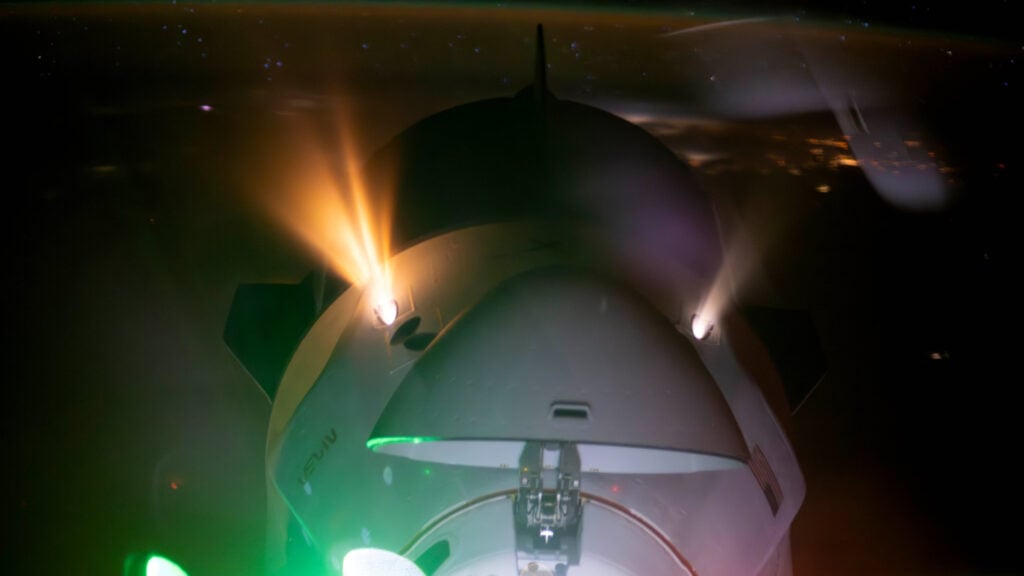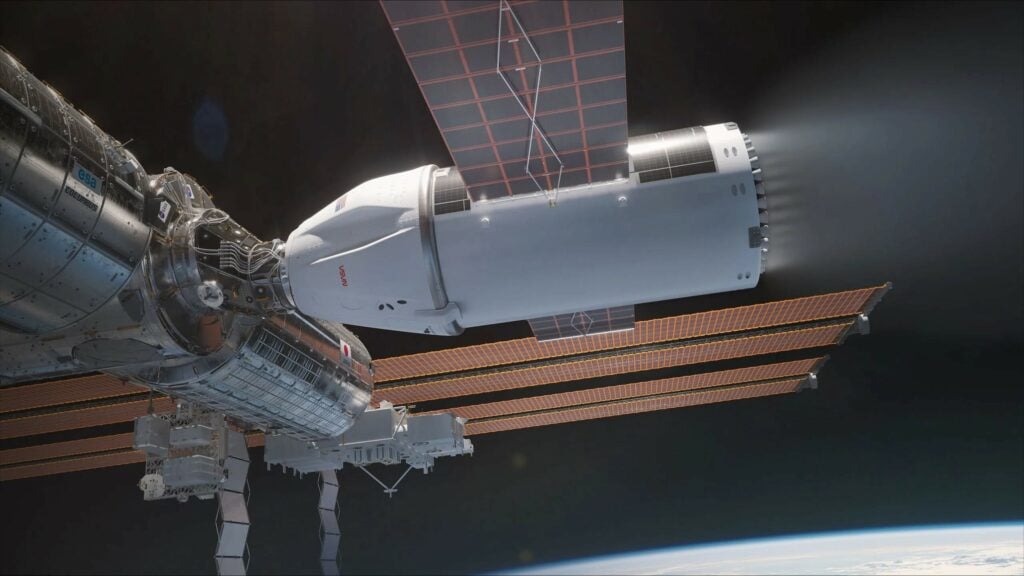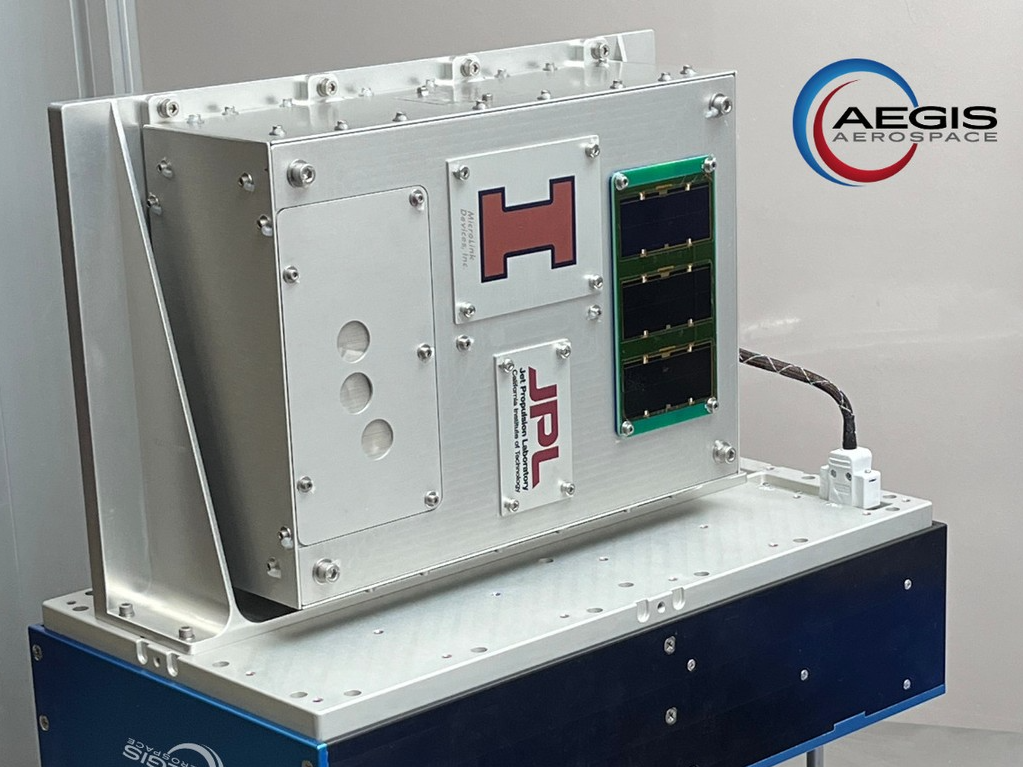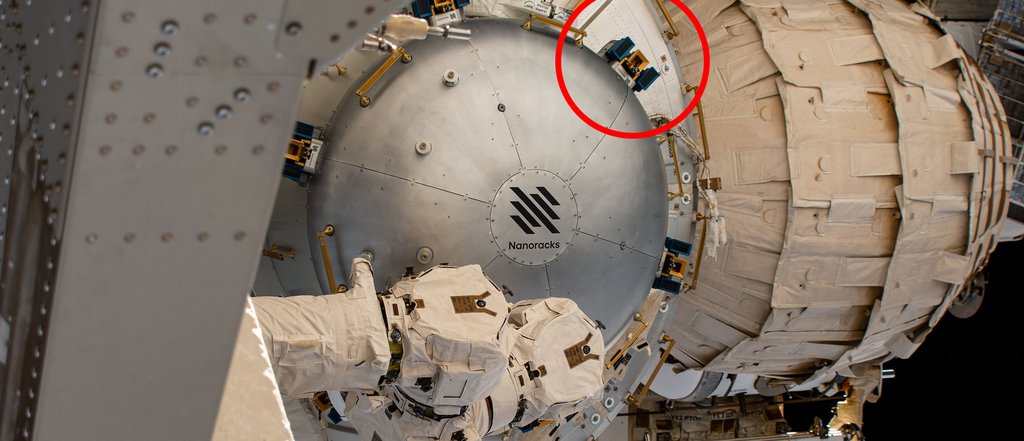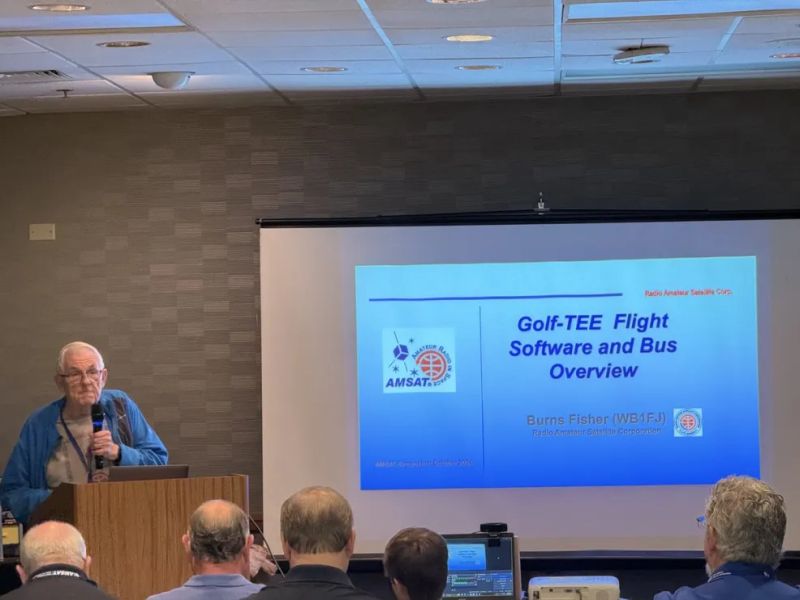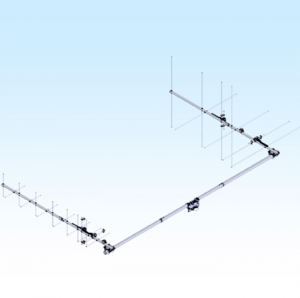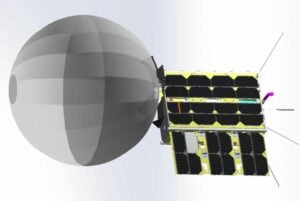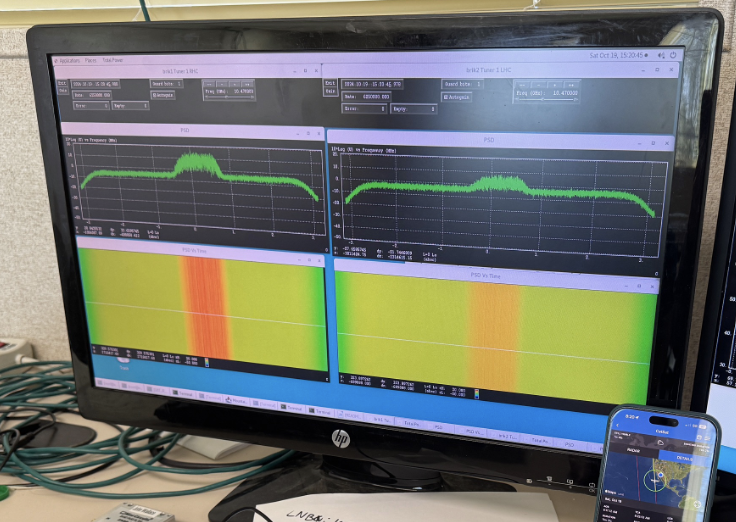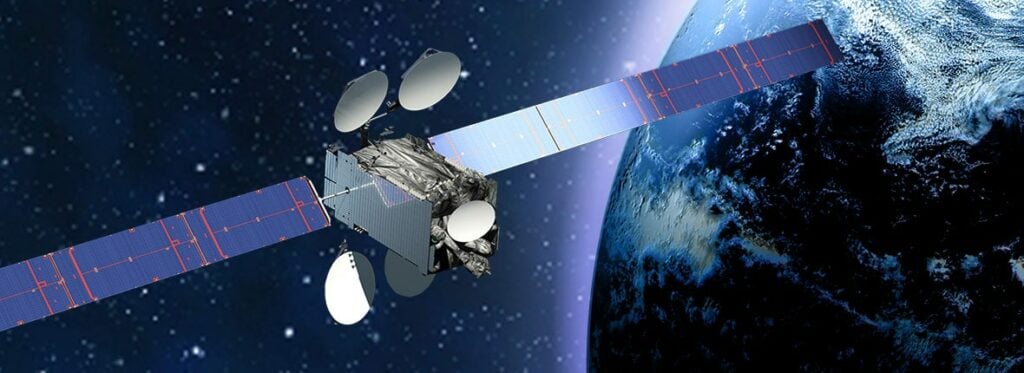In this edition:
* Five CubeSats Successfully Deployed from “Kibo” Module on ISS
* Celebrate SO-50: Amateur Radio Special Event Marks 22nd Anniversary
* ESA’s Proba-3 Satellites Launch to Create Artificial Solar Eclipses
* VUCC / DXCC Satellite Standings for December 2024
* Changes to AMSAT-NA TLE Distribution for December 13, 2024
* ARISS News
* Upcoming Satellite Operations
* AMSAT Ambassador Activities
* Satellite Shorts From All Over
The AMSAT News Service bulletins are a free, weekly news and information service of AMSAT, the Radio Amateur Satellite Corporation. ANS publishes news related to Amateur Radio in Space including reports on the activities of a worldwide group of Amateur Radio operators who share an active interest in designing, building, launching and communicating through analog and digital Amateur Radio satellites.
The news feed on https://www.amsat.org publishes news of Amateur Radio in Space as soon as our volunteers can post it.
Please send any amateur satellite news or reports to: ans-editor [at] amsat.org
You can sign up for free e-mail delivery of the AMSAT News Service Bulletins via the ANS List; to join this list see: https://mailman.amsat.org/postorius/lists/ans.amsat.org/
ANS-350 AMSAT News Service Weekly Bulletins
To: All RADIO AMATEURS
From: Radio Amateur Satellite Corporation
712 H Street NE, Suite 1653
Washington, DC 20002
DATE 2024 Dec 15
Five CubeSats Successfully Deployed from “Kibo” Module on ISS
On December 9th, five CubeSats were successfully deployed from the Japanese Experiment Module “Kibo” aboard the International Space Station (ISS). The deployment was part of JAXA’s J-SSOD#30 mission and included DENDEN-01, LignoSat, ONGLAISAT, YODAKA and YOMOGI satellites. Two of these satellites, LignoSat and YOMOGI, have received previous IARU coordination to operate over amateur radio frequencies.
LignoSat was developed by Kyoto University and Sumitomo Forestry Co., Ltd. This CubeSat tests the use of wooden materials in space by measuring strain, temperature, and geomagnetism, along with detecting single event upsets (SEU). Amatuer radio satellite enthusiasts were ready to decode telemetry from the satellite this week, but unfortunately there has been no reported reception of either CW or AX.25 packets on the satellite’s coordinated frequency of 435.820 MHz.
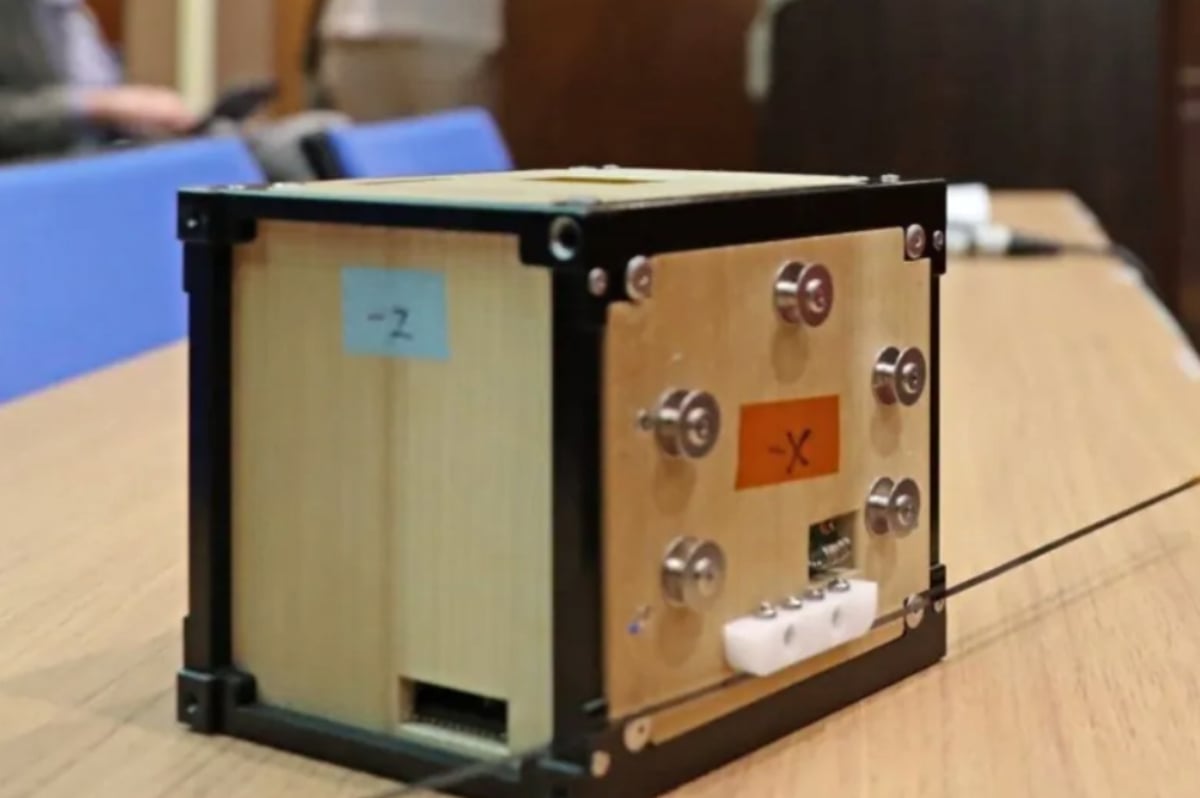
ONGLAISAT is a 6U CubeSat co-developed by the Taiwan Space Agency, the University of Tokyo, and ArkEdge Space Inc. It features a telescope for high-resolution Earth imaging using Time Delay Integration (TDI) technology. This mission aims to produce clear and high signal-to-noise ratio images for Earth observation.
YOMOGI was developed by the Chiba Institute of Technology. Its mission combines environmental monitoring and engineering education. The satellite observes red tide in Tokyo Bay, monitors water pollution in Uganda, and uses APRS to send sensor data to ground stations. Many 4800 baud GMSK telemetry packets have been received and decoded over the last few days indicating that the satellite is functioning well. More information can be found on SatNOGS regarding recent observations: https://db.satnogs.org/satellite/HHVN-9456-4962-8588-2802#data
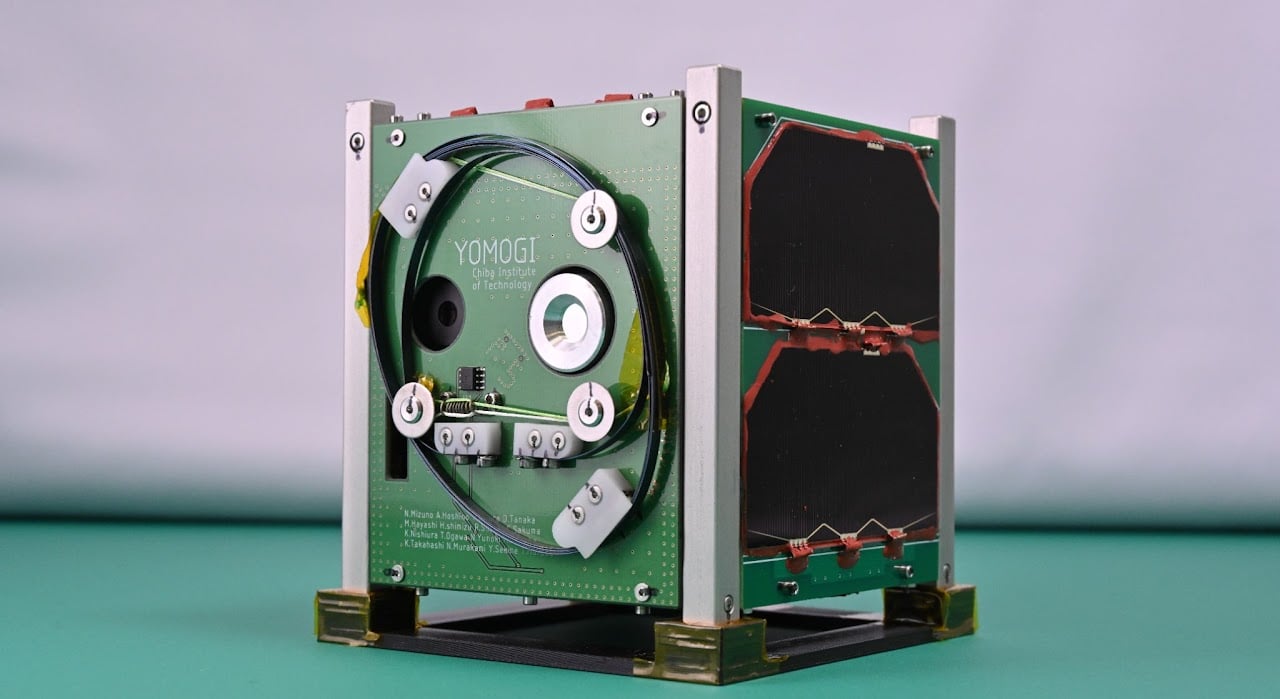
The deployment highlights collaboration between JAXA, Space BD Inc., Mitsui Bussan Aerospace Co., Ltd., and the J-CUBE program, which fosters academic and commercial utilization of CubeSats. Amateur radio operators and educational institutions are actively participating in tracking and analyzing data from these satellites.
[ANS thanks the Japan Aerospace Exploration Agency (JAXA) for the above information]
Celebrate SO-50: Amateur Radio Special Event Marks 22nd Anniversary
Saudisat 1C (SO-50) was launched on December 20, 2002, from the Baikonur Cosmodrome by the King Abdulaziz City for Science and Technology (KACST). For more than two decades, it has been a valuable resource for amateur radio communications and remains operational in low Earth orbit. The satellite is equipped with a mode V/U FM voice repeater, operating on an uplink frequency of 145.850 MHz with a PL tone of 67.0 Hz and a downlink frequency of 436.795 MHz.
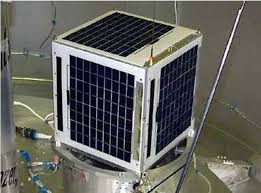
Participants in the competition will be eligible for certificates based on the number of successful contacts they make with amateur stations in different Maidenhead grid squares. Five successful contacts will earn a Beginner Satellite Catcher Certificate, while ten successful contacts qualify for an Advanced Satellite Hunter Certificate. Those who achieve twenty successful contacts will be awarded a Professional Satellite Hunter Certificate. Operators who document their contacts with audio or video recordings, including the satellite name, date, and time, will receive a distinguished Amateur Certificate. Certificates will be distributed in PDF format, and the deadline for log submissions is January 10, 2025.
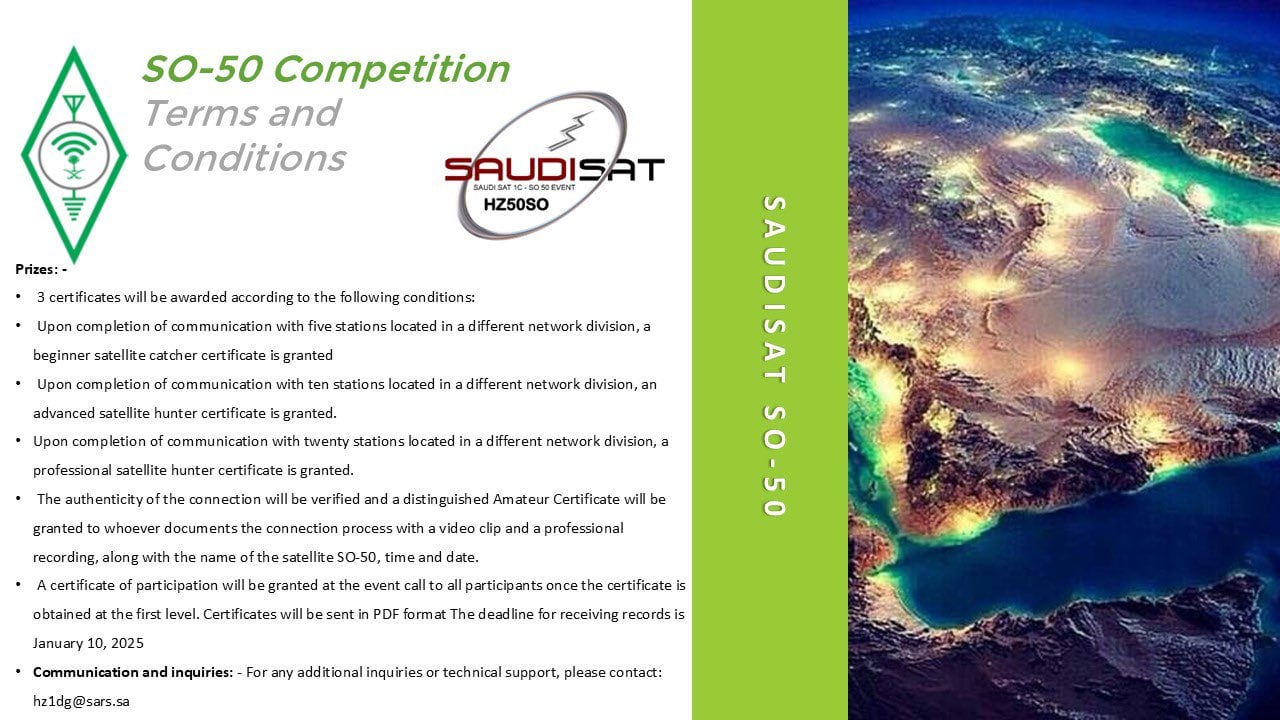
[ANS thanks the Saudi Amateur Radio Society and AMSAT-HZ for the above information]
The 2024 AMSAT President’s Club coins are here now!
Help Support GOLF and Fox Plus
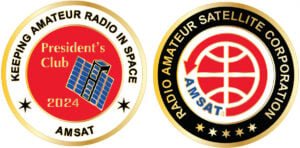 Join the AMSAT President’s Club today and help
Join the AMSAT President’s Club today and help
Keep Amateur Radio in Space!
https://www.amsat.org/join-the-amsat-presidents-club/
ESA’s Proba-3 Satellites Launch to Create Artificial Solar Eclipses
Two European Space Agency (ESA) satellites launched aboard an Indian rocket on December 5th, beginning a mission to study the Sun’s corona and demonstrate new spaceflight technologies. Called the Proba-3 mission, the two spacecraft will conduct formation flying and create artificial solar eclipses to capture images of the Sun’s outer atmosphere, which is usually hidden by its brightness.
The satellites launched aboard India’s Polar Satellite Launch Vehicle (PSLV) at 5:34 am EST (10:34 UTC) and were placed into an elliptical orbit with a low point of 356 miles (573 kilometers) and a high point of 37,632 miles (60,563 kilometers). Early next year, the Coronagraph satellite, carrying instruments to image the Sun, and the Occulter satellite, equipped with navigation sensors and thrusters, will separate to begin their experiments. The Occulter will position a disk to block the Sun’s surface, casting a shadow on the Coronagraph satellite.
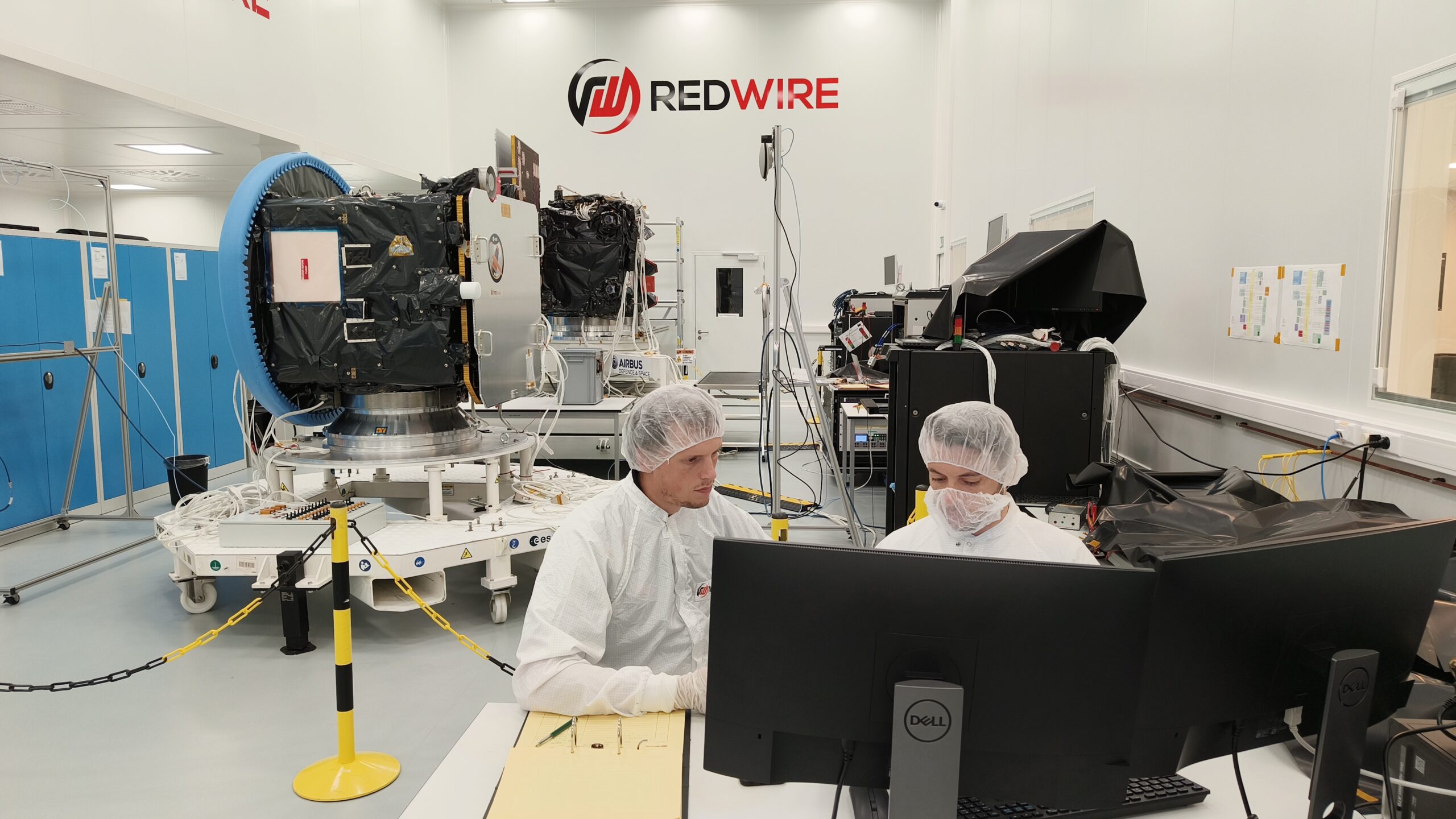
Proba-3 uses advanced navigation technology, including inter-satellite radio links, cameras, and a laser-ranging system. This system maintains millimeter-scale precision between the satellites, allowing them to create artificial eclipses lasting up to six hours. The mission aims to conduct at least 1,000 hours of such observations during its two-year operational phase.
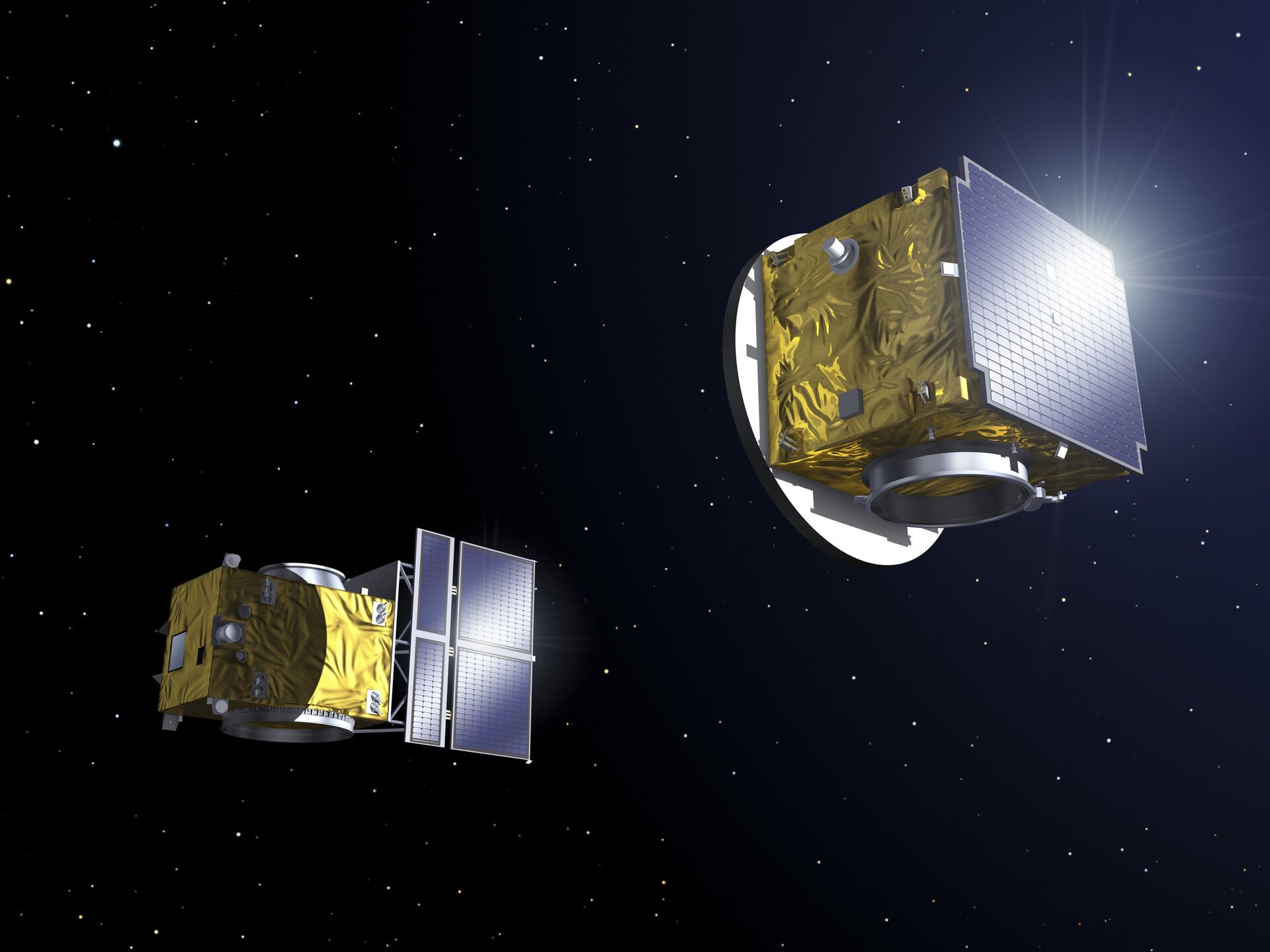
Proba-3 also serves as a test of formation-flying technology. ESA officials hope the techniques demonstrated will be used in future missions, such as Mars Sample Return or space debris removal. “Proba-3 is an important step toward more complex space operations,” said Josef Aschbacher, ESA’s director general. “This mission shows how smaller spacecraft can work together to achieve goals that were not possible before.”
[ANS thanks Stephen Clark, Ars Technica for the above information]
VUCC / DXCC Satellite Standings for December 2024
VUCC Satellite Award/Endorsement Change Summary for November 01, 2024 to December 01, 2024. Congratulations to the new VUCC Satellite holders!
EK/RX3DPK is first VUCC Satellite holder from Armenia and LN20.
| AC9O | 1001 | 1126 |
| W2GDJ | 908 | 1022 |
| FG8OJ | 921 | 935 |
| KC4CJ | 702 | 751 |
| WD9EWK (DM43) | 736 | 737 |
| KB1HY | 648 | 727 |
| RA3DNC | 305 | 599 |
| AB1OC | 407 | 476 |
| W3TI | 103 | 444 |
| K5WO | 200 | 255 |
| EK/RX3DPK | New | 200 |
| EA4DEI | 100 | 150 |
DXCC Satellite Award/Endorsement Change Summary for May 13, 2024 to December 01, 2024. Congratulations to the new DXCC Satellite holders!
N8JCM is first DXCC Satellite holder from EN72
| DF2ET | 100 | 179 |
| YO2CMI | 173 | 174 |
| LA6OP | 143 | 151 |
| KB8VAO | 148 | 149 |
| EA6VQ | 145 | 147 |
| IK1IYU | 138 | 146 |
| KB1HY | 135 | 142 |
| SP3AU | 138 | 140 |
| HB9GWJ | 134 | 137 |
| FG8OJ | 116 | 120 |
| HB9WDF | 101 | 114 |
| JA0FSB | 101 | 111 |
| EA5RM | 108 | 110 |
| DG7RO | 100 | 103 |
| M0SKM | New | 100 |
| N8JCM | New | 100 |
[ANS thanks Jon Goering, N7AZ, for the above information]
Need new satellite antennas?
Purchase an M2 LEO-Pack from the AMSAT Store! When you purchase through AMSAT, a portion of the proceeds goes towards
When you purchase through AMSAT, a portion of the proceeds goes towards
Keeping Amateur Radio in Space.
https://amsat.org/product-category/hardware/
Changes to AMSAT-NA TLE Distribution for December 13, 2024
Two Line Elements or TLEs, often referred to as Keplerian elements or keps in the amateur community, are the inputs to the SGP4 standard mathematical model of spacecraft orbits used by most amateur tracking programs. Weekly updates are completely adequate for most amateur satellites. TLE bulletin files are updated daily in the first hour of the UTC day. New bulletin files will be posted immediately after reliable elements become available for new amateur satellites. More information may be found at https://www.amsat.org/keplerian-elements-resources/.
AO-123 has been identified as NORAD Cat ID 61781
The following satellites have been removed from this week’s AMSAT TLE distribution:
CosmoGirlSat NORAD Cat ID 60953 Decayed from orbit on or about 09 December 2024
IDEASSat NORAD Cat ID 47458 Decayed from orbit on or about 09 December 2024
[ANS thanks AMSAT Orbital Elements page for the above information]
ARISS NEWS
Amateurs and others around the world may listen in on contacts between amateurs operating in schools and allowing students to interact with astronauts and cosmonauts aboard the International Space Station. The downlink frequency on which to listen is 145.800 MHz worldwide.
+ Recently Completed Contacts
South-West State University, Kursk, Russia, direct via UB3WCL
The ISS callsign was RSØISS
The scheduled crewmember was Alexander Gorbunov
The ARISS mentor was RV3DR
Contact was successful: Mon 2024-12-09 09:29 UTC
Congratulations to the South-West State University students, Alexander, mentor RV3DR, and ground station UB3WCL!
Chrześcijańska Szkoła Podstawowa Daniel, Warszawa, Poland, direct via SP5POT
The ISS callsign was OR4ISS
The scheduled crewmember was Don Pettit KD5MDT
The ARISS mentor was SP3QFE
Contact was successful: Mon 2024-12-09 11:03:48 UTC
Congratulations to the Chrześcijańska Szkoła Podstawowa Daniel students, Don, mentor SP3QFE, and ground station SP5POT!
Watch the Livestreams at https://www.facebook.com/share/45Mq4px6R9Fnt6tK/ and https://www.youtube.com/live/CDMgY2x5Kwo
Scuola Secondaria di I Grado “F.Anzani”, Cantù, Italy, telebridge via VK4KHZ
The ISS callsign was NA1SS
The scheduled crewmember was Sunita Williams KD5PLB
The ARISS mentor was IZ2GOJ
Contact was successful: Tue 2024-12-10 09:13:10 UTC
Congratulations to the Scuola Secondaria di I Grado “F.Anzani” students, Sunita, mentor IZ2GOJ, and telebridge station VK4KHZ!
Watch the Livestream at https://www.youtube.com/live/jU7bSfGfwfI?si=OTL5NoqViOGKZgtI
Hillsboro Charter Academy, Purcellville, VA, direct via KQ4MAM
The ISS callsign was NA1SS
The scheduled crewmember was Sunita Williams KD5PLB
The ARISS mentor was AA6TB
Contact was successful: Wed 2024-12-11 18:51:41 UTC
Congratulations to the Hillsboro Charter Academy students, Sunita, mentor AA6TB, and ground station KQ4MAM!
Watch the Livestream at https://www.youtube.com/watch?v=oqKx6ytN96k and also https://live.ariss.org/
+ Upcoming Contacts
Zespół Szkół Łączności, Warszawa, Poland, direct via SP5KAB
The ISS callsign is presently scheduled to be OR4ISS
The scheduled crewmember is Nick Hague KG5TMV
The ARISS mentor is SP3QFE
Contact is go for: Mon 2024-12-16 08:35:06 UTC
Watch for Livestream at https://www.youtube.com/live/DBafZYpxolI
Sally Ride Elementary School, Orlando, Florida, direct via K1AA
The ISS callsign is presently scheduled to be NA1SS
The scheduled crewmember is Sunita Williams KD5PLB
The ARISS mentor is AA4KN
Contact is go for: Tue 2024-12-17 18:49:38 UTC
The crossband repeater continues to be active (145.990 MHz up {PL 67} & 437.800 MHz down). If any crewmember is so inclined, all they have to do is pick up the microphone, raise the volume up, and talk on the crossband repeater. So give a listen, you just never know.
The packet system is also active (145.825 MHz up & down).
As always, if there is an EVA, a docking, or an undocking; the ARISS radios are turned off as part of the safety protocol.
Note, all times are approximate. It is recommended that you do your own orbital prediction or start listening about 10 minutes before the listed time.
The latest information on the operation mode can be found at https://www.ariss.org/current-status-of-iss-stations.html
The latest list of frequencies in use can be found at https://www.ariss.org/contact-the-iss.html
[ANS thanks Charlie Sufana, AJ9N, one of the ARISS operation team mentors for the above information]
Upcoming Satellite Operations
None currently posted.
A growing number of satellite rovers are currently engaged in sharing their grid square activations on https://hams.at. By visiting the website, you gain easy access to comprehensive information about the operators responsible for activating specific grid squares. Additionally, you have the ability to assess the match score between yourself and a particular rover for a given pass, while also being able to identify the upcoming satellite passes that are accessible from your location.
[ANS thanks Ian Parsons, K5ZM, AMSAT rover page manager, for the above information]
AMSAT Ambassador Activities
AMSAT Ambassadors provide presentations, demonstrate communicating through amateur satellites, and host information tables at club meetings, hamfests, conventions, maker faires, and other events.
AMSAT Ambassador Clint Bradford, K6LCS, says,
“Think a 75-minute presentation on “working the easy satellites” would be appropriate for your club or event? Let me know by emailing me at k6lcsclint (at) gmail (dot) com or calling me at 909-999-SATS (7287)!”
Clint has NEVER given the exact same show twice: EACH of the 150+ presentations so far has been customized/tailored to their audiences.
Central Kentucky Amateur Radio Society – December 19, 2024
CKARS Monthly Meeting
558 S Keeneland Drive
Richmond, KY 40475
https://www.ckars.org/home
AI4SR
Yuma HAMCON – February 20th thru 22nd, 2025
Yuma, AZ
N1UW
[ANS thanks Bo Lowrey, W4FCL, Director – AMSAT Ambassador Program, for the above information]
Want to fly the colors on your own grid expedition?
Get an AMSAT car flag and other neat stuff from our Zazzle store!
25% of the purchase price of each product goes towards Keeping Amateur Radio in Space
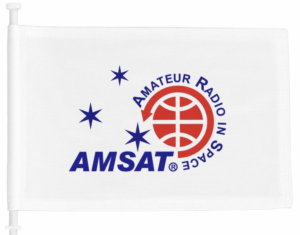 Keeping Amateur Radio in Space
Keeping Amateur Radio in Space
https://www.zazzle.com/amsat_gear
Satellite Shorts From All Over
+ NASA has announced delays to its Artemis moon program, pushing Artemis II, a crewed mission around the moon, to April 2026, with the Artemis III lunar landing planned for mid-2027. NASA Administrator Bill Nelson emphasized that this timeline keeps the U.S. ahead of China’s goal to land on the moon by 2030, highlighting the competitive nature of the space race. The delays follow concerns about the Orion capsule’s heat shield, which cracked during reentry after the uncrewed Artemis I test mission in 2022; Artemis II will proceed with adjustments to the capsule’s trajectory, while future missions will feature an upgraded heat shield. Artemis, initiated under former President Trump’s administration, aims not only to return astronauts to the moon but also to establish lunar bases as a stepping stone for Mars exploration, despite rising costs and development delays. The program’s reliance on SpaceX’s Starship for lunar landings has raised questions about its cost-effectiveness, especially under the incoming Trump administration. Nelson expressed optimism about Artemis’s continuity under NASA’s next administrator, Jared Isaacman, amid ongoing bipartisan and international support for lunar exploration. (ANS thanks The Guardian for the above information)
+ Less than a week after its December 5th launch aboard a Vega-C rocket, the Sentinel-1C satellite delivered its first radar images, showcasing its advanced capabilities in environmental monitoring. Equipped with a cutting-edge C-band synthetic aperture radar (SAR), Sentinel-1C operates in all weather and lighting conditions, supporting critical applications like climate change research, disaster response, and environmental management. Early images captured regions such as Svalbard, Norway, highlighting its ability to monitor Arctic ice coverage, the Netherlands, showcasing intricate details for agriculture and water management, and Brussels, Belgium, revealing dense urban landscapes with historical ties to the Sentinel program. These high-resolution radar images, processed flawlessly by the Sentinel-1 Ground Segment, underline the satellite’s potential for actionable insights into soil moisture, urban planning, and polar ecosystems. Sentinel-1C continues the legacy of its predecessors while expanding its role in marine surveillance, ground deformation observation, and global humanitarian aid. Freely available via the Copernicus Data Space Ecosystem, Sentinel-1C’s data ensures robust support for diverse Copernicus services and scientific applications worldwide. (ANS thanks the European Space Agency for the above information)
+ NASA recently awarded SpaceX a $256.6 million contract to launch Dragonfly, a rotorcraft designed to explore Titan, Saturn’s largest moon, using a nuclear-powered radioisotope thermoelectric generator (RTG). This marks a milestone for SpaceX, as it will be the company’s first time launching a nuclear-powered payload, a domain previously dominated by United Launch Alliance (ULA). The RTG will generate electricity from plutonium-238, chosen because Titan’s dim and cloudy atmosphere precludes the use of solar power. Dragonfly will explore Titan’s surface by hopping between locations using its eight rotors, investigating organic molecules essential to understanding the building blocks of life. Originally set for a 2026 launch, delays due to redesigns, COVID-19 impacts, and supply chain issues have pushed the timeline to July 2028, with costs escalating to $3.35 billion. This mission, one of NASA’s most ambitious robotic endeavors, underscores the transition to new-generation rockets for launching nuclear payloads, with SpaceX’s Falcon Heavy beating ULA’s Vulcan rocket in competitive bidding for this historic mission. (ANS thanks SpaceNews for the above information)
+ The USC Rocket Propulsion Lab (USCRPL) at the University of Southern California has shattered the international altitude record for amateur rocketry with their Aftershock II rocket, reaching an unprecedented 470,000 feet. This achievement surpasses the previous 20-year record of 380,000 feet set by the Civilian Space Exploration Team in 2004, establishing Aftershock II as the first civilian-built rocket to achieve this altitude. Equipped with the most powerful solid-propellant motor ever fired by students and enhanced thermal protection systems, the rocket endured hypersonic speeds with innovative features like titanium-coated fins and a custom paint system. The launch on October 20th in Nevada’s Black Rock Desert also demonstrated advanced avionics and live data integration, enabling precise tracking and recovery. Building on their milestone 2019 launch of Traveler IV, the first student-designed rocket to cross the Kármán line, USCRPL continues to push the boundaries of amateur rocketry with cutting-edge engineering and teamwork. This remarkable achievement highlights the group’s role as a training ground for future leaders in the space industry, inspiring innovation and excellence among aspiring astronautical engineers. (ANS thanks University of Southern California Viterbi School of Engineering for the above information)
Join AMSAT today at https://launch.amsat.org/
In addition to regular membership, AMSAT offers membership to:
* Societies (a recognized group, clubs or organization).
* Primary and secondary school students are eligible for membership at one-half the standard yearly rate.
* Post-secondary school students enrolled in at least half-time status shall be eligible for the student rate for a maximum of 6 post-secondary years in this status.
* Memberships are available for annual and lifetime terms.
Contact info [at] amsat.org for additional membership information.
73 and remember to help Keep Amateur Radio in Space!
This week’s ANS Editor, Mitch Ahrenstorff, ADØHJ
mahrenstorff [at] amsat.org

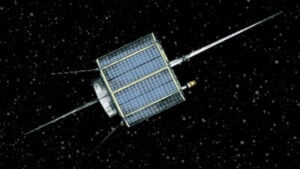 Artist rendering of AO-7
Artist rendering of AO-7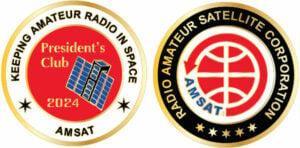
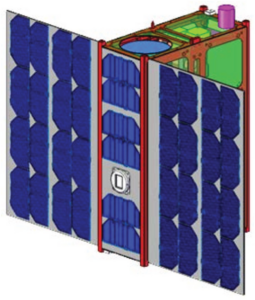
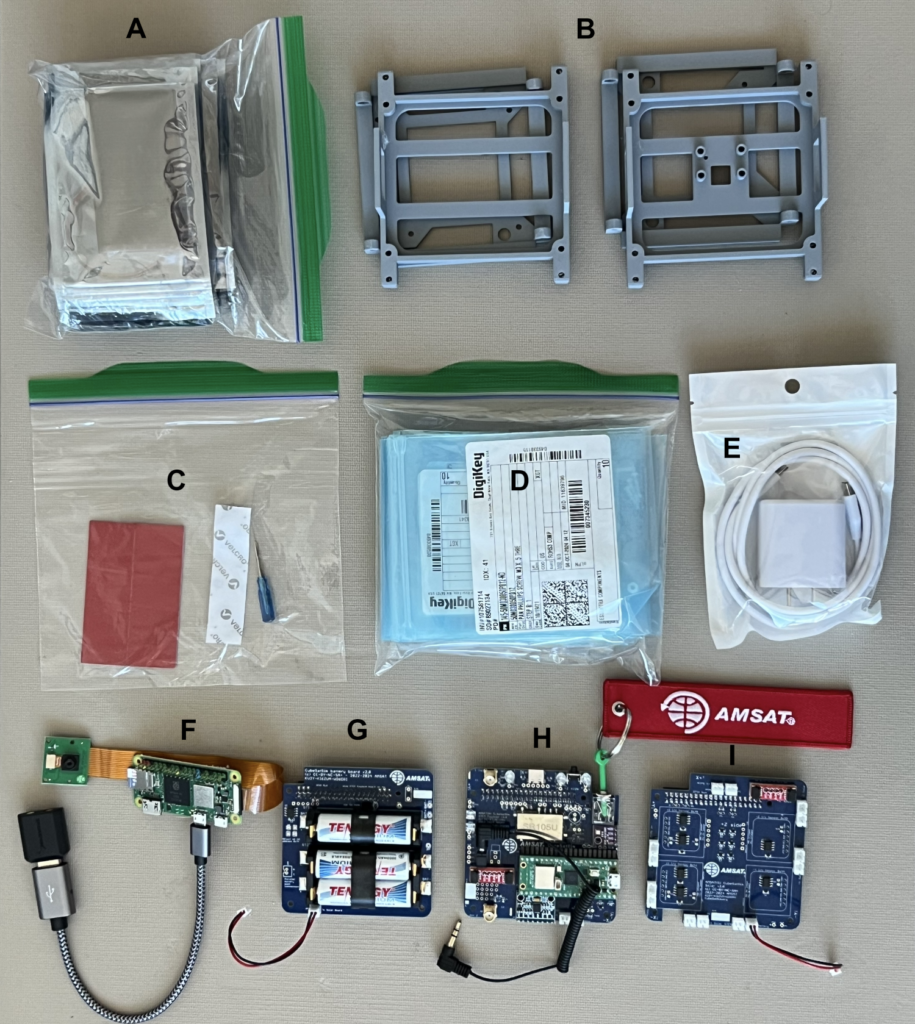 Limited quantities of the CubeSatSim Kit will soon be available for purchase from the AMSAT Store. [Credit: Alan Johnston, KU2Y]
Limited quantities of the CubeSatSim Kit will soon be available for purchase from the AMSAT Store. [Credit: Alan Johnston, KU2Y]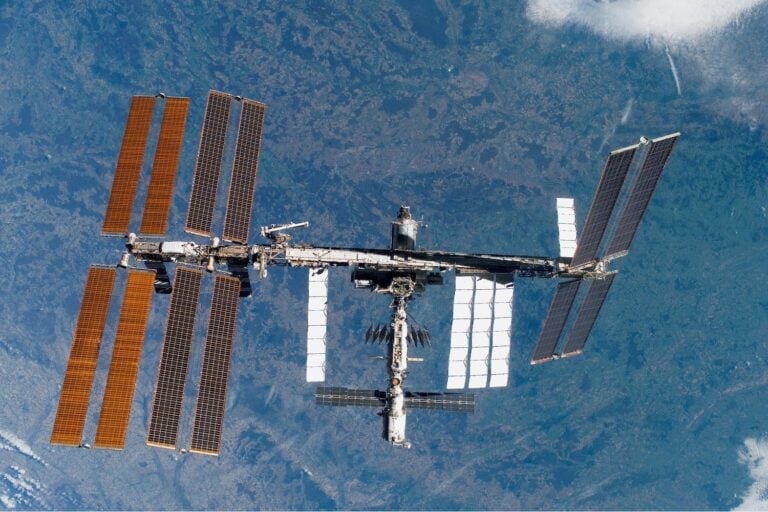 The ISS is set for retirement by 2030. [NASA photo]
The ISS is set for retirement by 2030. [NASA photo] Amateurs and others around the world may listen in on contacts between amateurs operating in schools and allowing students to interact with astronauts and cosmonauts aboard the International Space Station. The downlink frequency on which to listen is 145.800 MHz worldwide.
Amateurs and others around the world may listen in on contacts between amateurs operating in schools and allowing students to interact with astronauts and cosmonauts aboard the International Space Station. The downlink frequency on which to listen is 145.800 MHz worldwide.